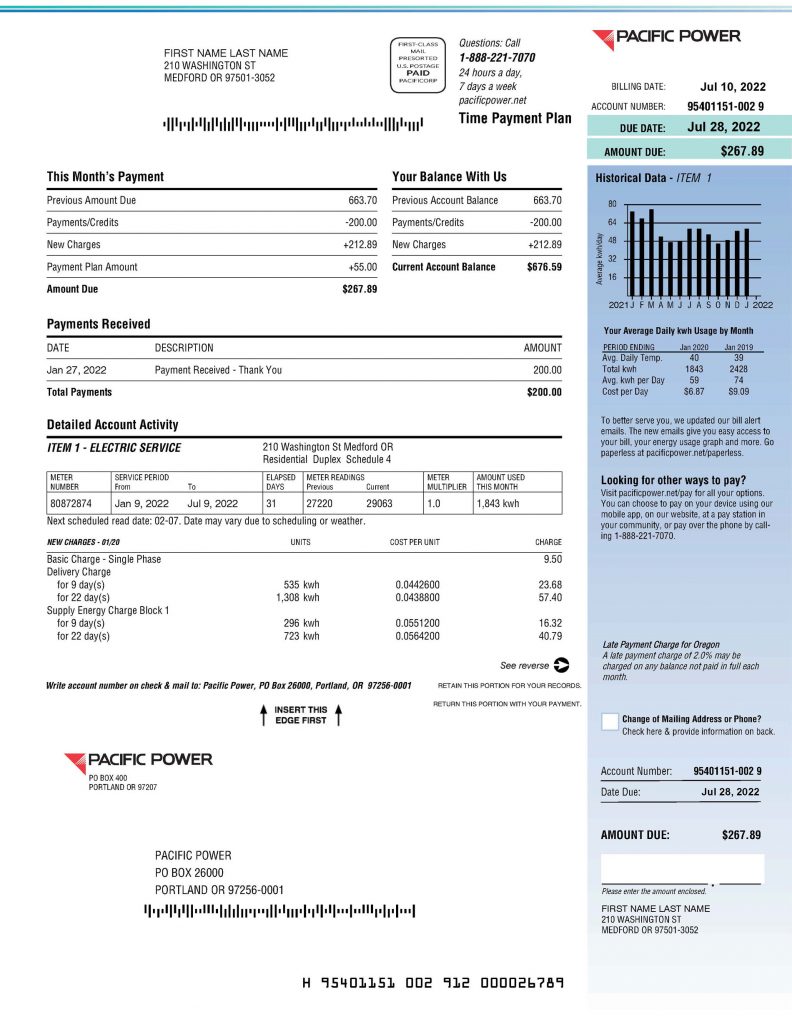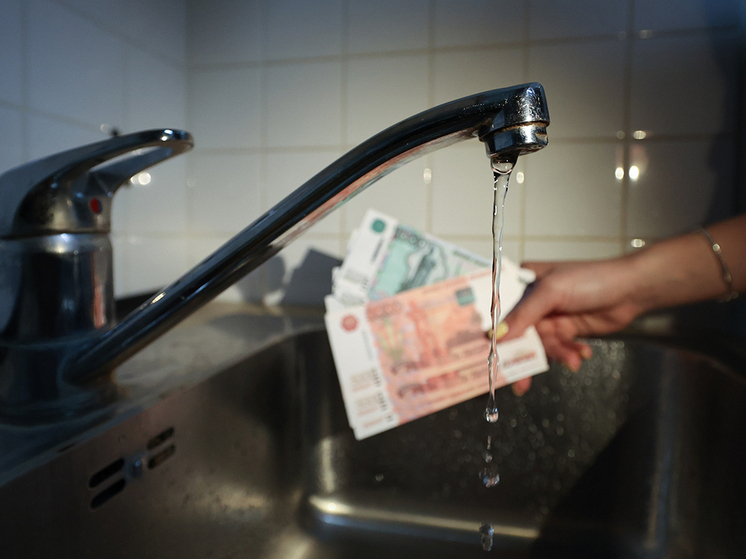
Expert Sklyanchuk: `Prepare an extra thousand rubles for your utility bills`
Russians are set for a planned increase in housing and utility tariffs starting July 1st. The average rise is 11.9%, but some regions will see increases up to 21%. This hike affects all major costs, from electricity to heating. With incomes stagnating and inflation slowing down, the higher bills—averaging 5000 rubles or more for a typical apartment—represent another challenge for residents. While authorities cite aging infrastructure as the reason, this explanation offers little comfort to consumers facing steeper costs. This article examines the specifics of how bills will change, the significant regional variations, and potential ways to mitigate the impact.

Utility bills arriving in August might be unwelcome news. July 1st marks the next scheduled increase in housing and utility tariffs. Despite being `planned`, the increase feels sudden and unwelcome. The official average rise is 11.9%, which is significant, especially considering the average annual inflation rate is lower at 9.6%. However, actual figures vary widely by region, reaching 21-25% in some areas. The cost of everything will go up: electricity by an average of 12.6%, gas by 10.3%, and heating and hot water by up to 15%. These varying figures are prompting many residents to calculate just how much more they will have to pay for utility services.
Pavel Sklyanchuk, a member of the Expert Council under the State Duma Committee on Construction and Housing and Communal Services, explained that the average utility bill in 2024 was 4000–4200 rubles. Adding, say, 20%—which is 840 rubles—means the August 2025 bill will be around 5000 rubles. Sklyanchuk clarifies this figure is only for utilities (`kommunalka`). One must also consider the related services from management companies, which also tend to index their fees within the limits of inflation. Although inflation is slowing, it remains high. This suggests that the total increase on the bill could be an additional 100-200 rubles. Consequently, an average Russian household might need to find around 5200 rubles to pay for their apartment, rather than the previous 4000 rubles.
Sergey Sergeev, head of legal support for housing and utility disputes at the Moscow Bar Association `Yakovlev and Partners`, provides his own figures, stating that the average monthly utility bill for a one-room apartment in Russia is already around 4500 rubles. According to him, with the new indexation, amounts around five thousand are likely a moderate scenario. Sergeev notes, «On average, the payment will increase by 500 to 1000 rubles, but for some, it might be up to 1,500 rubles per month.»
Igor Kolesnikov, project head at the Institute for Urban Economics Foundation, confirms this: «Utility bills will rise by an average of 10-12%, but the regional variation ranges from 8% to 20%. Essentially, residents in different regions of the same country will face varied economic conditions: some will see an increase of 500 rubles, while others face an extra 1,500 rubles. The reasoning behind these fluctuations remains unclear. Regional authorities report that the increase is set `considering the population`s capacity to pay`, but the criteria for these `capacities` are not publicly disclosed.»
So, the main question is: why are tariffs once again growing faster than inflation? Why is inflation always a problem for the consumer, but not a limitation for the resource supplier? The standard explanation is `infrastructure renewal`, `worn-out networks`, and `the need for modernization`. The only issue is that these reasons are cited year after year, yet bills only show tariff increases, not reports of replaced pipes or new infrastructure.











